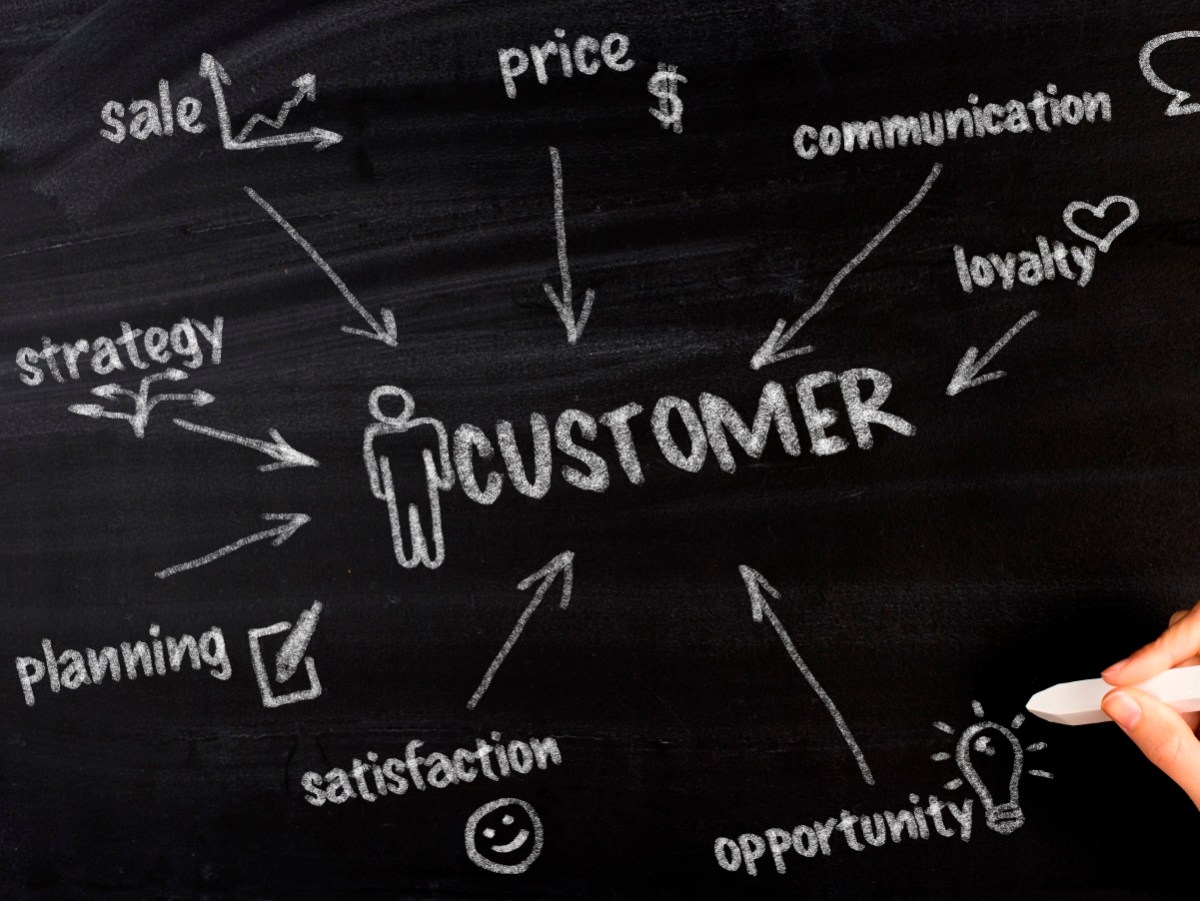By Dean Vocisano, Country Manager for Australia, ShopFully
With the retail beauty and pharma industries frequently offering the same brands, it is critical that retailers can differentiate themselves to secure a fair share of the purchases made by more than 5.3 million Australian customers.
With many accessible beauty brands available from numerous retailers, consumers’ key purchasing decisions can come down to price, over retailer brand loyalty. A 2019 Roy Morgan poll found that 62 per cent of women made cosmetic purchasing decisions based on price.
In terms of overall spending habits, 68 per cent of Australians say they always look for sales or discounts when buying online, according to PayPal’s 2019 mobile commerce report. More than half of them (58%) have bought a product on impulse precisely because it was on sale.
In 2019, one-fifth of shoppers (20%) used their mobile phone to keep up with different sales, and that number is continuing to rise. Similarly, one-in-five Australians (21%) have made an impulse purchase after receiving a push notification or email on their mobile about a sale. Targeting customers who are price conscious and brand loyal requires an integrated digital approach and a mobile strategy needs to be an essential part of it.
In-store vs online
To thrive and get a share of wallet, the Australian beauty and pharma retail industry must respond to the way people are purchasing. Customers have access to more online information and a greater ability to compare prices. They are becoming more informed and shrewd in terms of how they shop.
While many customers can order a product online, retailers have an obvious advantage by getting them to come in-store and browse, and potentially make impulse purchases. As such, an omni-channel strategy needs to take those customers beginning their journey in an online environment and transition them to a bricks-and-mortar store visit.
Salesforce data showed that 87 per cent of shoppers start their search for particular products via digital channels. However, the majority of Aussie consumers still prefer a physical store to make purchases—with almost two-thirds (62%) of Boomers and Traditionalists saying it’s their first choice to buy and 58 per cent of Gen Z shoppers nominating a physical store as their preferred way to shop.
The digital opportunity
To reach people while out-and-about, mobile needs to form a vital component of any retailer’s digital strategy because almost everyone (94%) take their devices when they leave the house according to Deloitte Access economics.
The simplest way to achieve the conversion from online shopping to physical in-store purchase is to partner with a mobile-centric marketplace like ShopFully, that can help retailers reach the right customers, in a geographically targeted way. These partners can harvest and use data collected to inform critical marketing decisions nimbly.
By basing marketing strategies on data and analytics, retailers can quickly respond to information to create a tailored digital customer experience for users and drive foot traffic into a physical store.
Catalogues remain relevant in the hybrid space between digital and physical shopping. We know shoppers respond to sales and catalogues, and are more likely to purchase a discounted item.
Despite the turbulent year with COVID-19 restrictions, most of the nation feels safe shopping in-store. However, with customers remaining close to home, a hyper-localised catalogue is more important now than ever before. An online catalogue or app, which quickly directs them to close retailers they already know and trust, is more likely to tempt them away from their screens and into a store.


